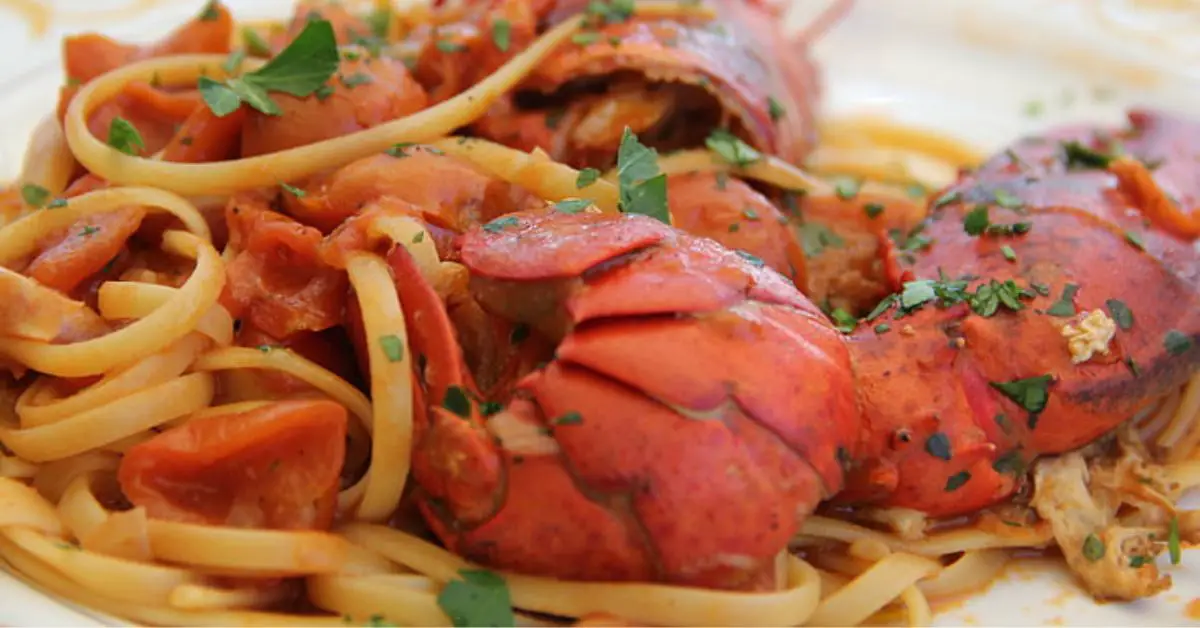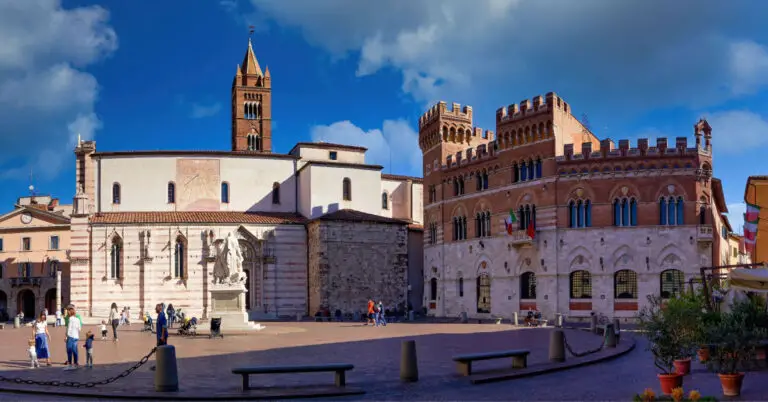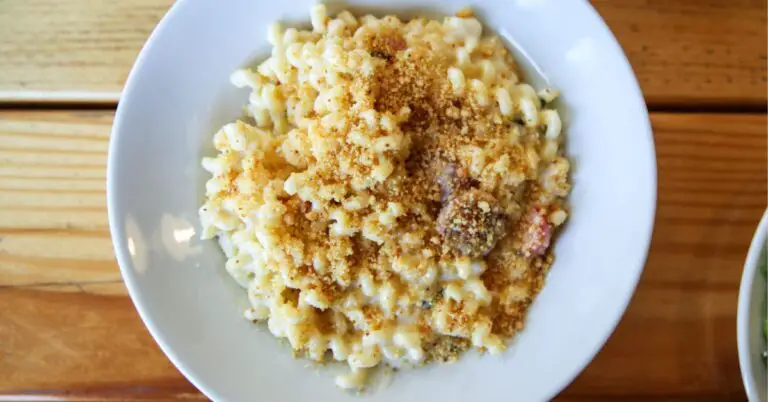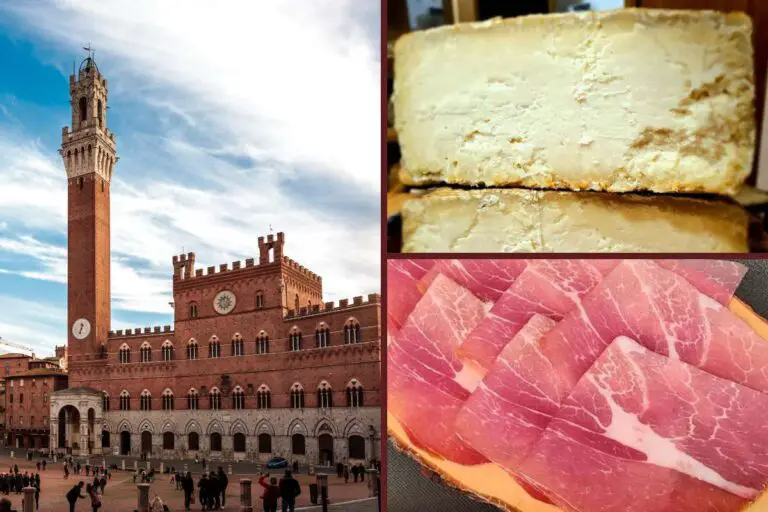What’s the connection between an Italian outlaw from the 1700s and 1800s and a plain lobster? Well, there isn’t one, really. But in America, there’s a popular dish called “Lobster Fra Diavolo,” which translates to “Brother Devil Lobster” in Italian.
Interestingly, Fra Diavolo Lobster is virtually unknown in Italy and you’d be hard-pressed to find it in any Italian restaurant. So, to clear things up right away: no, we don’t eat Lobster Fra Diavolo in Italy.
Learn about Italian-American fare not popular in Italy by clicking this link!
In Italy, lobster is prepared in several classic ways, each highlighting fresh, simple ingredients:
- Grilled Lobster (Aragosta alla Griglia): Lobster halves grilled with olive oil, lemon, and herbs.
- Lobster with Orange (Aragosta all’Arancia): Lobster cooked in a sauce of orange juice, wine, and herbs.
- Lobster Linguine (Linguine all’Aragosta): Pasta with lobster in a garlic, olive oil, and tomato-based sauce.
- Lobster Salad (Aragosta in Insalata): Fresh lobster meat in a light salad with olive oil and lemon dressing.
- Lobster Soup (Zuppa di Aragosta): A rich soup with lobster, vegetables, herbs, and often a tomato or cream base.
- Lobster Risotto (Risotto all’Aragosta): Creamy risotto with lobster, often flavored with tomato, saffron, and white wine.
In this article, we’ll explore the origins of the intriguing name “Lobster Fra Diavolo” and why, despite its Italian-sounding name, it’s not actually a dish from Italy.
Fra Diavolo lobster: an Italian-American recipe that never arrived in Italy
I doubt that entering an Italian restaurant you could order a Fra Diavolo lobster without seeing a question mark painted on the faces of the waiters.
It’s a classic example of Italian-American cuisine, born from the fusion of two cultures.
The story goes that Italian immigrants in America in the 19th century took a traditional chicken dish (known in Italy as “pollo alla diavola,” not “pollo Fra Diavolo”) and gave it a twist by using lobster, a more readily available and larger ingredient in America compared to Italy, especially for the lower social classes.
Thus, Lobster Fra Diavolo was born, becoming a staple in Italian restaurants across the New World. It’s amusing that this dish, now a part of American culinary culture, has such a misleading name – a result of a series of misunderstandings.
The name “Fra Diavolo,” which translates to “Brother Devil,” has nothing to do with the actual dish. It likely originated from a mistranslation of “alla diavola” (meaning spicy or devil-style in Italian) on menus. Ironically, many Americans think “Fra Diavolo” means “among the devil,” referring to the chili in the recipe, which always makes me laugh.
In Italy, a similar dish would be linguine with lobster, which doesn’t typically include chili pepper. So, if you’re in Italy and can’t find Lobster Fra Diavolo, don’t worry. Try the linguine with lobster instead – it’s a delicious alternative that won’t leave you missing the American version.
But, who was this Mr Fra Diavolo in Italy?
Fra Diavolo was the nickname of Michele Arcangelo Pezza, a child born at the end of the eighteenth century in the Kingdom of Naples. It was his teacher who gave him this nickname, inspired by his lack of desire to study and his mother’s habit of dressing him like a friar to respect a vow which, in her opinion, had saved her son from a very bad illness.
You should know that “Fra” is the abbreviation of “Fratello” which means brother, it is the way priests and friars are called.
However, that epithet soon proved to be perfectly fitting: during a heated argument, in fact, a young Fra Diavolo killed his employer and his brother, who had threatened him with revenge. From that moment, he began a wandering life which led him to meet several brigands with whom, over the years, he earned respect, as if he were their chief.
In the meantime, he asked that the sentence for the double murder committed be commuted to military service: the request was accepted and, since then, a second life began for Fra Diavolo. However, once he became aware of what it meant to invade and conquer cities, amidst violence and abuses, despite the title of colonel, he moved away from that world and approached the brigand’s one.
He led several revolts against the advance of the French in the Kingdom of Naples and took part in popular riots and insurrections.
But there were not only victories: when, in the end, he was taken prisoner, he was executed in Naples. His body was visible for many hours, as a warning to the entire population.
As you can see the complicated life of this Italian brigand has nothing to do with lobsters or spicy dishes, but then why has he been associated with the Fra Diavolo lobster?
The evolutions of Fra Diavolo lobster
Using Italian words, or rather an Italian name, in this recipe has served to give an aura of genuineness and Italianness; an added value which is not exactly correct, as we have seen.
Its main ingredients, in addition to lobster, are:
- Extra virgin olive oil;
- Parsley;
- Garlic;
- Crushed red pepper;
- Origan;
- Tomatoes.
All ingredients can effectively indicate the identity of an Italian dish, a pity that it is not served here.
An identity that, over time, has changed, “giving birth” to variations and imitations, by involving other components. For example, there are Fra Diavolo calamari which are prepared in the same way with the addition of half a glass of red wine.
There are even alternative proposals based on pasta: after the war, people began to season it with the sauce used for this course, to which lobster was added, once it was taken out of its shell or the cheaper crabmeat.
Fra Diavolo recipes even at Christmas? Not in Italy
In Italy, the holidays related to Christmas and Easter are much longer than in other countries. And, on each of these special days, there is a traditional menu.
This ritual habit was also transferred abroad by my immigrant compatriots and it is exactly for this reason that, on the Christmas Eve tables of many Italian-Americans, it is very easy to find Fra Diavolo lobster (or some of its variants, especially the one based on pasta), to respect the tradition of the fish dinner expected for this occasion.
However, as I explained to you above, in Italy there is no trace of any dish with sauce fra diavolo, not even around Christmas.
In short, we must be quiet: we have not brought the devil to the Christmas table, I hope it is clear now that we explained so well!







